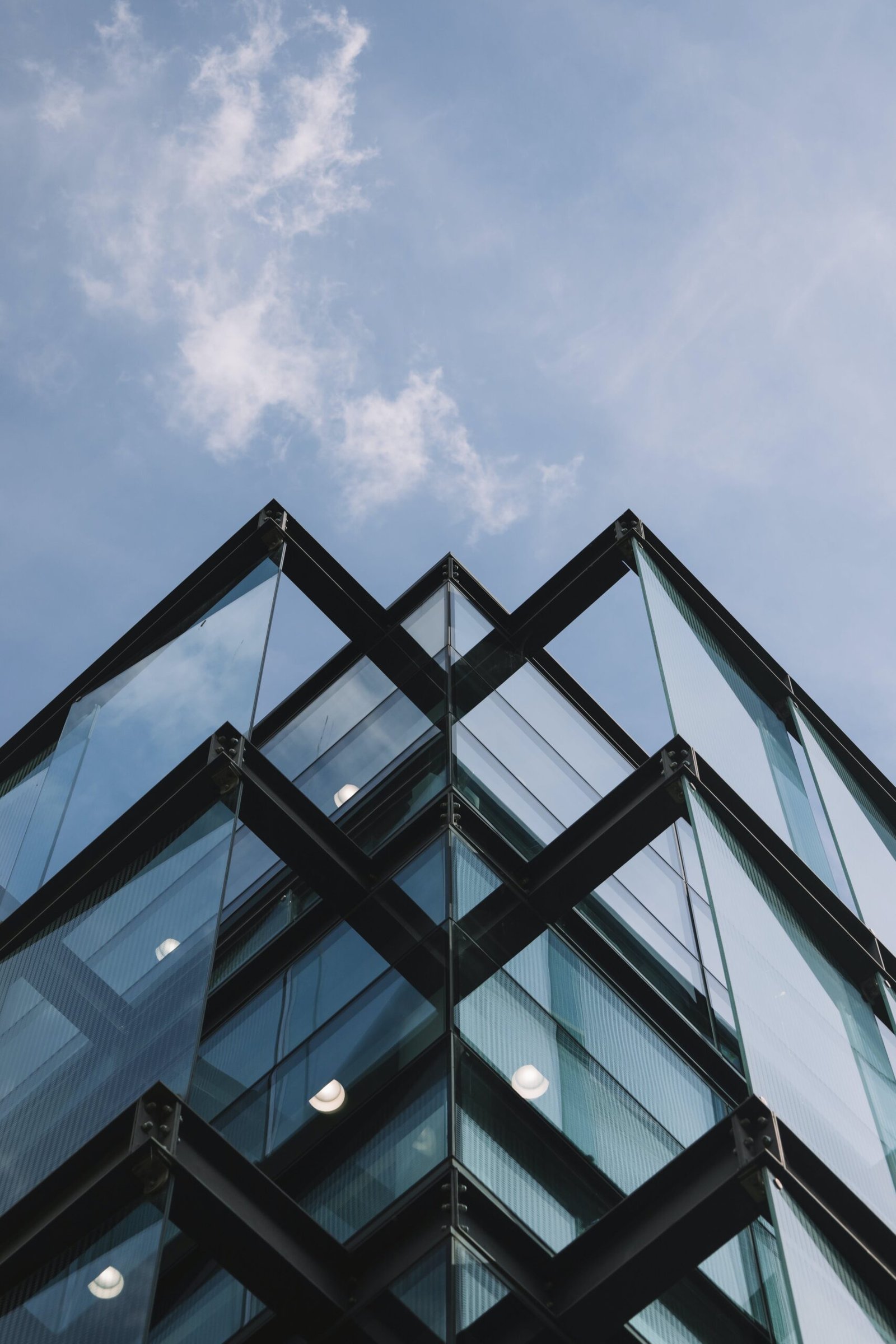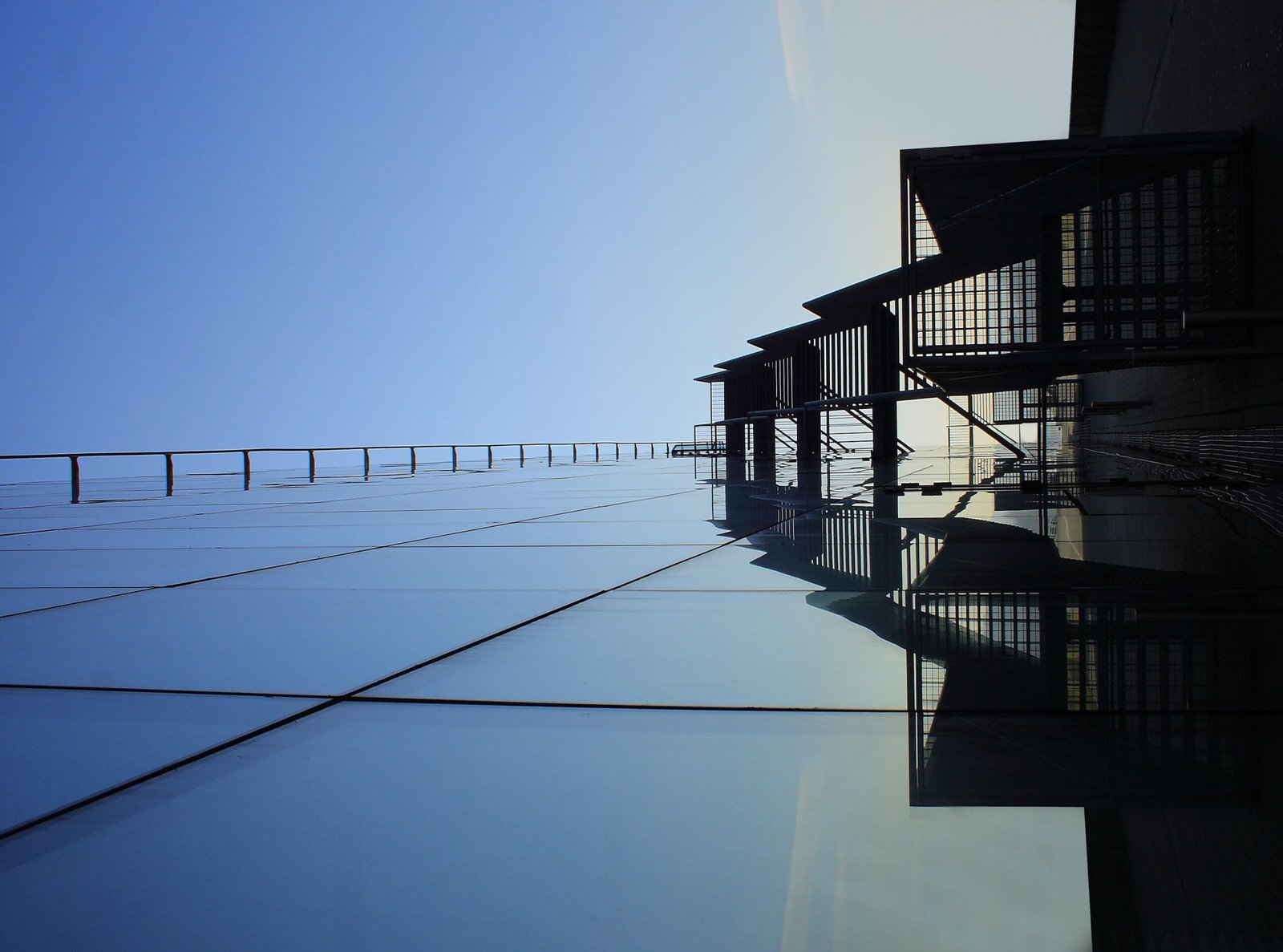
Office Renovation and Partitioning
7 January 2024
Glass Balcony
6 January 2024Curtain Walling
Curtain walling refers to a non-structural outer covering of a building's facade, typically consisting of glass and metal frames. It is designed to protect the building from the external elements while providing an aesthetically pleasing and transparent appearance. Curtain walls are often used in modern architecture and high-rise buildings to maximize natural light and create a sleek, contemporary look.
Key features of curtain walling include:
-
Materials: Typically made of aluminum frames with glass or other transparent materials. The choice of materials depends on factors such as energy efficiency, aesthetics, and structural requirements.
-
Non-Structural: Unlike traditional walls, curtain walls are not load-bearing. They hang like curtains on the building's structure and are primarily designed to resist air and water infiltration.
-
Energy Efficiency: Modern curtain wall systems often incorporate energy-efficient features, such as double-glazed or low-emissivity glass, to enhance thermal performance and reduce energy consumption.
-
Versatility: Curtain walling allows for various design possibilities and can be customized to meet specific architectural requirements. It is a versatile solution that can accommodate different shapes and sizes.
-
Natural Light: One of the primary advantages of curtain walls is their ability to maximize natural light penetration into the building, creating a bright and open interior space.
-
Weather Resistance: Curtain walls are designed to withstand weather conditions, including wind, rain, and temperature fluctuations, while providing a barrier against the elements.
Curtain wall systems are commonly used in commercial buildings, office complexes, and institutional structures. They contribute to the overall aesthetics and functionality of modern architecture, allowing architects to create visually striking and energy-efficient buildings.







